Summary of Contents
How are our natural Rubber Yoga Mats produced?
Yoga mats have become very popular in the past 50 years, especially PVC yoga mats. However, in the past decade, natural rubber yoga mats have surged in popularity and gained lots of yoga practitioners’ trust.
At Beinks, we had also tested quite a number of different types of yoga mats. Eventually, we decided to go with natural rubber yoga mats due to their high suitability for yoga practice as well as their friendly environment qualities.
However, the production of a natural rubber yoga mat is not a simple process. It includes 10 steps before a natural rubber yoga mat can reach end-users. Let’s discover how our yoga mats are produced.
1. Choose the raw material – Natural Rubber
Our yoga mat material (b’AIR and b’EARTH) is natural rubber, which is sustainably grown and imported from South East Asia (mainly from Thailand, Vietnam, Philippines and Indonesia). In normal condition, rubber tree provides resin for 30 years. After that, the rubber trees from these local farms will be cut down for use of wood, and new trees will be planted in original places. It is considered the best way for a sustainable growth of natural resources from agricultural.
On another note, our mats are biodegradable, which means they will decompose naturally after 3 – 5 years in typical landfill conditions. That will help reduce the amount of waste and give more space on our planet.
There might be a slight difference in grades and colors of natural rubber raw material, which is due to different areas and seasons. Our b’EARTH yoga mats, however, have always been produced with the premium quality of natural rubber material.

2. Compounding & Plasticating
This step is crucial to the production. Different grades of rubber are mixed to ensure consistent properties. Then, additives are added for a desired color of the raw material.
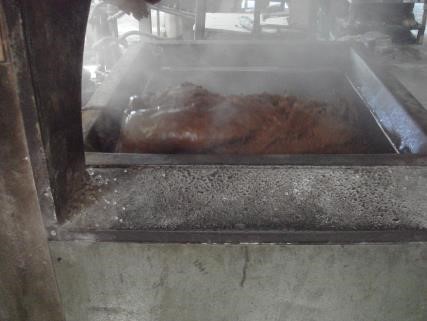

3. Fermented
The raw material is fermented for a number of days.

4. Lab test the material
The material will be tested in labs to ensure the quality standard.
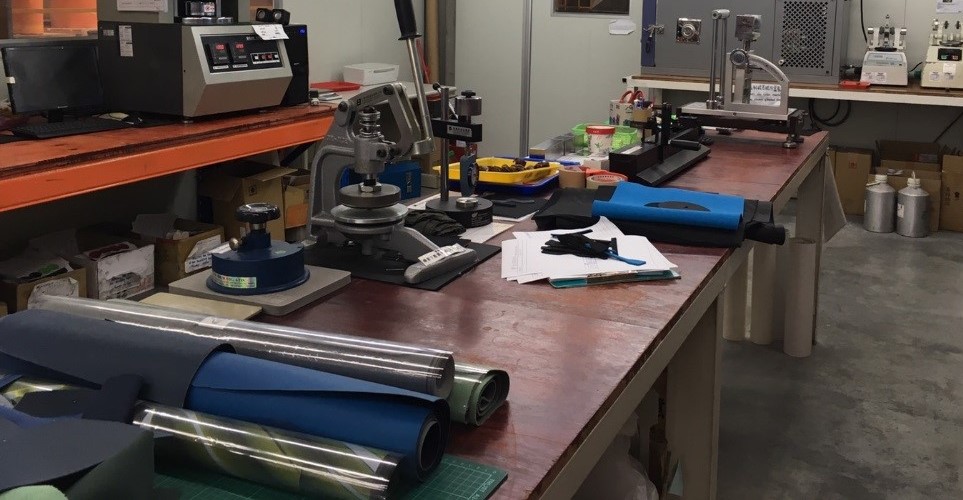
5. Production
Rubber to go through the production oven.

The material will come out in rolls.

6. Die Cut
The mat rolls will be cut into different sheets / pieces known as the standard yoga mat.
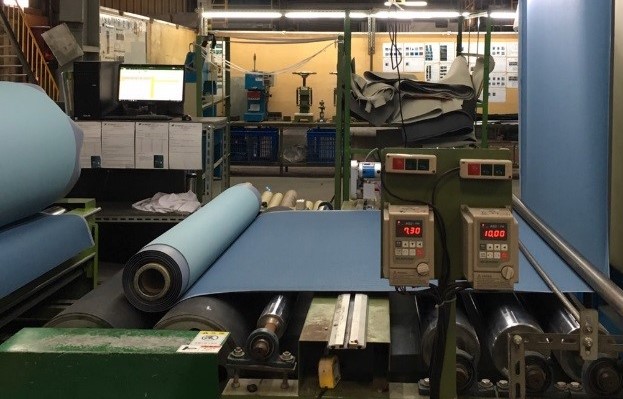
7. Inspection
Every mat will be thoroughly inspected for any defects or faults.
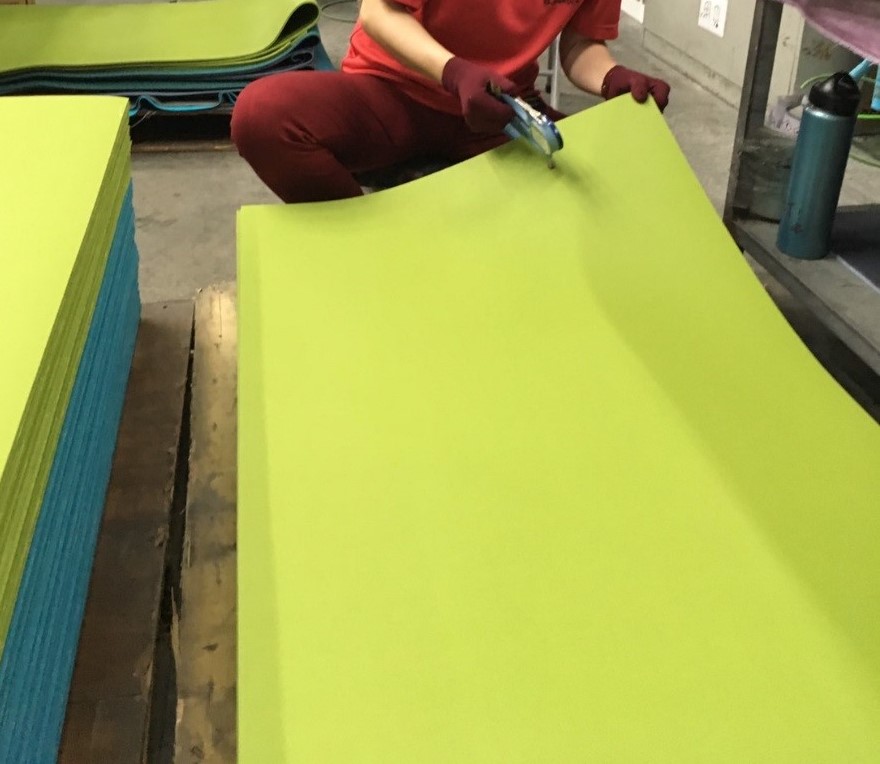
8. Embossed, Printing, Sewing
The yoga mats’ labels are either printed or embossed or sewn onto the mats. We choose to sew the labels on our Beinks mats for a more friendly and earthy look.

9. Shrinking & Metal detector
The mats will go through a scanning machine for metal detection, before getting wrapped.
Our natural yoga mats are usually wrapped with a thin plastic to protect it from being degraded quickly. A natural yoga mat is known to degrade quicker in a humid environment.

10. Packing mats
Our yoga mats are then packed into carton boxes, ready for shipping.


Beinks yoga mats are manufactured in Taiwan – one of the places that is currently the most advanced in yoga mat production, especially natural rubber yoga mats.
Our producers have been in yoga mat production industry for almost 50 years. We have carefully selected our producers and the factories who ensure that they meet all the high standards of ethical work place practices and code of conduct. Our Beinks mats meet SGS certification and are free from toxic chemicals.
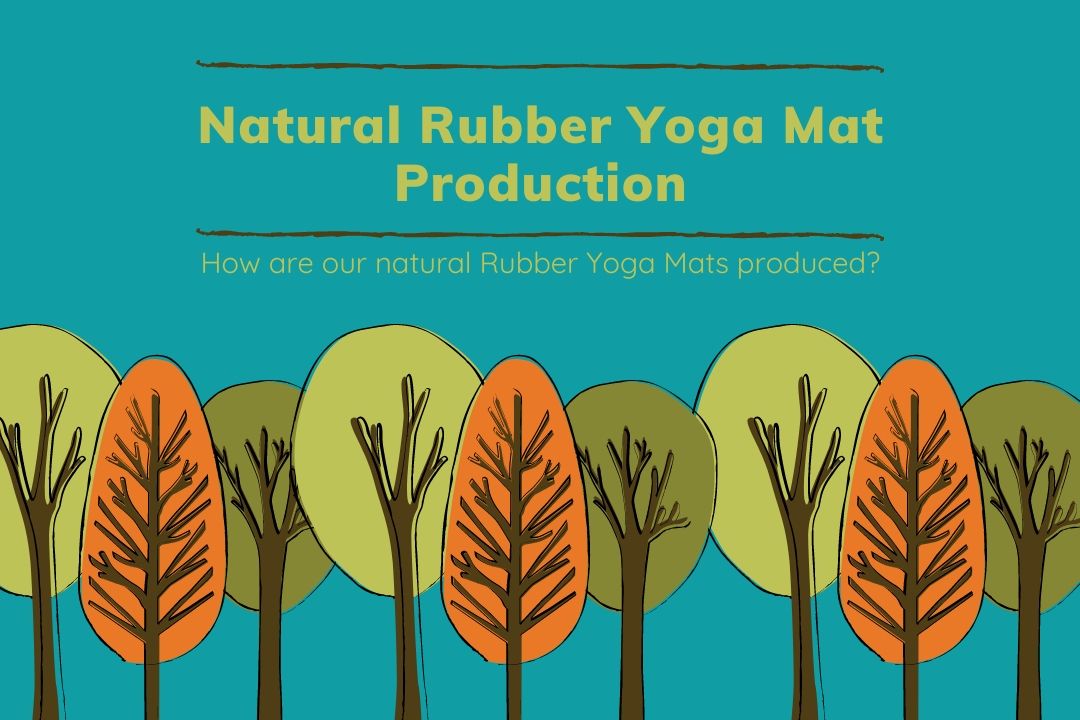


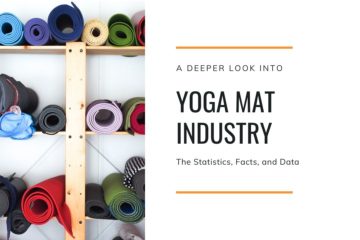
Excellent and very informative data , infographs and insights. Well done team. We are a group based in Trivandrum, Kerala into production of herbal yoga mats and already under production by traditional weavers and artisans from a famed weavers village. You have provide excellent information for us to take our products forward. Thankyou
Hello David,
Can you please share your website or contact details. I’m looking for yoga mat manufacturers in India. I’m bad in Delhi. Thanks
Hello David,
Can you share your website or contact details, I’m looking for yoga mat manufacturers in India. I’m based in Delhi.
Thanks
Hi David,
Can you share your website or contact details, I’m looking for yoga mat manufacturers in India. I’m based in Delhi.
Thanks
I don’t think the title of your article matches the content lol. Just kidding, mainly because I had some doubts after reading the article.